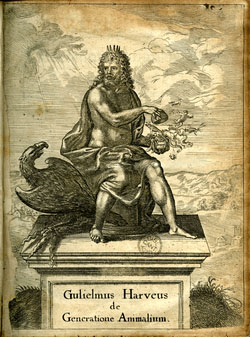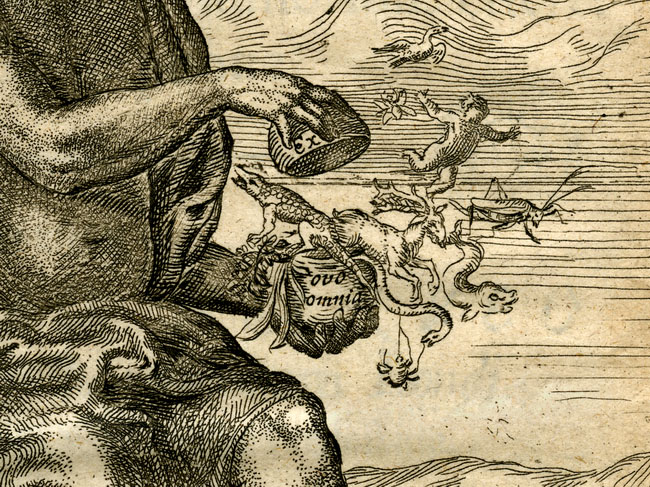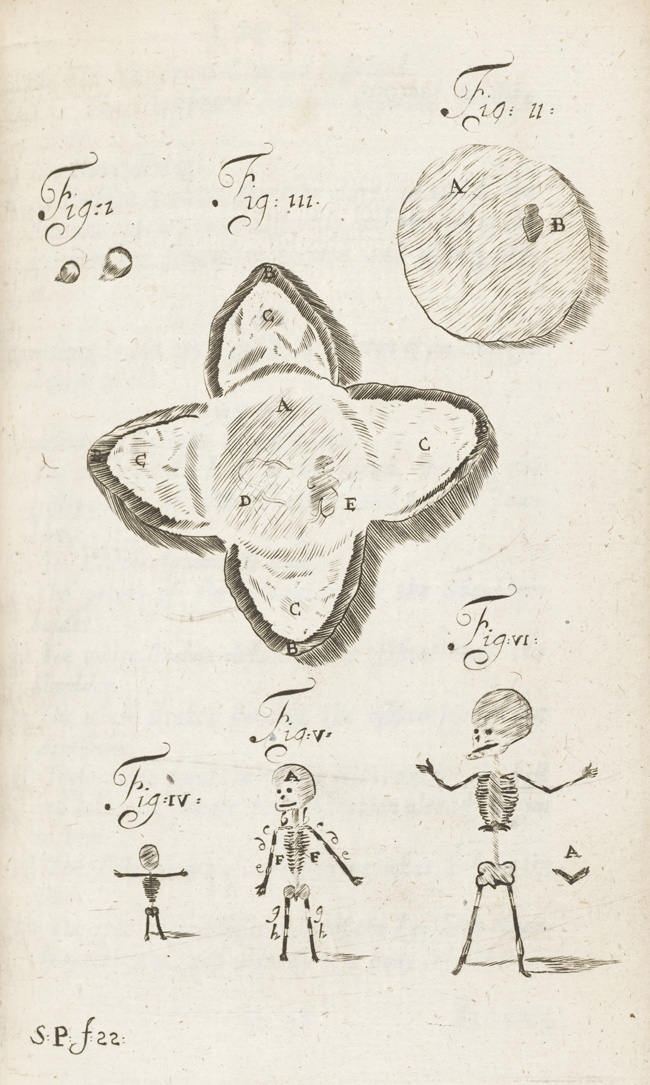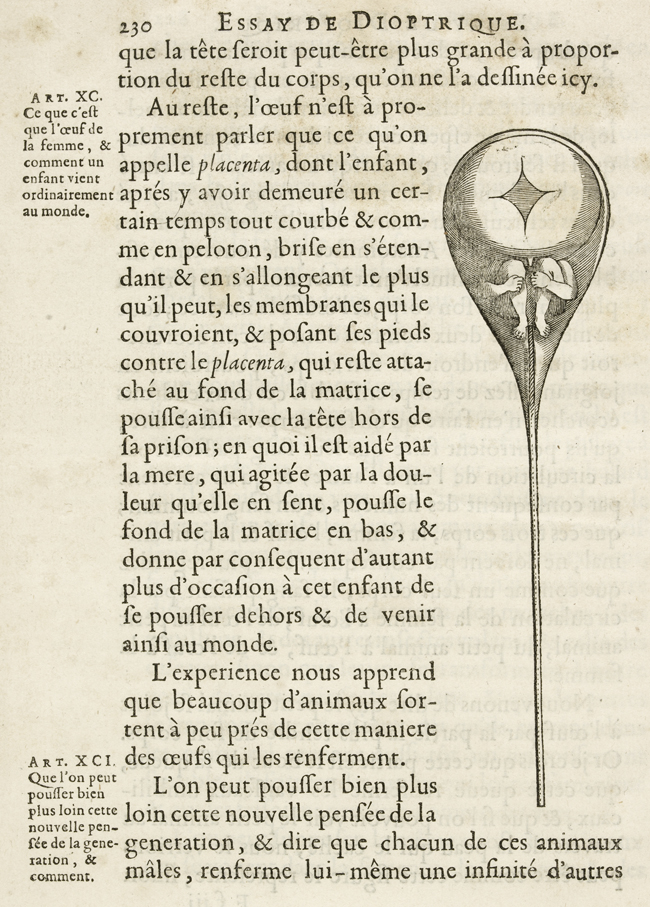Debates over generation
Mechanical philosophers in the 1600s built on Aristotelian epigenesis to explain generation entirely in terms of moving particles and attractive forces, but because this risked charges of atheism for dispensing with God, a new theory of pre-existence soon became dominant.
The theory of pre-existence had it that all adult structures were already present in the egg, only much smaller. God had generated every germ at the Creation, one within the other like a Russian doll. The related doctrine of preformationism argued that the body of the new being was complete in the parent seed so that during gestation the embryo only increased in size. ‘Ovists’ placed the germ in the egg, ‘animalculists’ in the sperm.
During the 1700s epigenesists and preformationists wielded the microscope to support their claims, but could not agree on what they saw or how to interpret it. The controversy represented deeper conflicts: materialism versus orthodox Christianity and empiricism against rationalism. Epigenesis seemingly triumphed, but in fact the rules of the game changed. Embryologists no longer sought to explain the source of organization; they took organization as given and dissected animals to establish its laws.
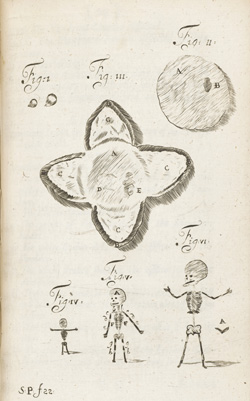
‘A child in the egg’, 1685 |
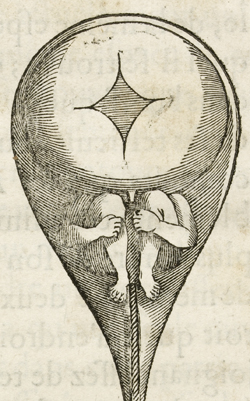
‘The homunculus in the sperm’, 1694 |

